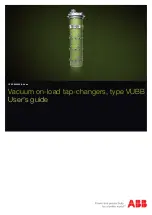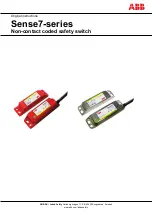
DVDO Quick
6
7
A.04
Back Panel
1
2
4
5
6
7
3
1. Power input – 12 VDC 3 A minimum
2. Update firmware button – see the firmware update section for details. This button is held during power-up
to start the firmware update process from an attached USB flash drive.
3. USB connector – Primarily used for updating firmware, but also supplies 5 V up to 1 A for accessories
4. Serial port: allows control of Quick
6
by external control systems
5. HDMI outputs – Main output is always active, Aux output depends on OSD setting – The two available
modes are Mirror and AVR
6. S/PDIF audio outputs – Coax and optical: Whenever the audio stream permits, audio is extracted from
the active input and also sent to the S/PDIF outputs
7. HDMI Inputs 1–6 – Input 1 and Input 6 are each capable of connecting to a MHL mobile device as well
using only a passive cable. These ports can each supply up to 900 mA for charging the mobile device.
Connections
AVR via HDMI and AVR via S/PIDF Modes
In this configuration, Quick
6
becomes the primary HDMI switch and control center for a home theater.
Connection to the existing AVR can be via HDMI or S/PDIF (for older AVRs with no HDMI). If the AVR has
an HDMI input, this is preferred as it provides the best overall experience. With either connection, the AVR is
then left on that input always and all switching is done with Quick
6
. If the Quick
6
connection to the AVR is
from the Aux HDMI output, then choose “AVR via HDMI” in the output setup menu. If the Quick
6
connection
to the AVR is from the optical or coax S/PDIF output, then choose “AVR via S/PDIF” in the output setup
menu.








































